What is EDIDA?
Equity ensures all students have access to the resources, opportunities, and support they need to succeed, regardless of their circumstances or backgrounds.
Diversity in education refers to the inclusion and representation of individuals from various backgrounds, identities, experiences, and perspectives within the learning environment.
Inclusion refers to creating a learning environment where all students, regardless of their abilities, backgrounds, or identities, feel welcomed, valued, and supported.
Decolonization in education refers to the process of challenging and transforming educational systems, curricula, and practices that reflect colonial ideologies, in order to center indigenous knowledge, diverse perspectives, and equitable power relations.
Anti-racism involves actively identifying, challenging, and dismantling racist policies, practices, and biases within the educational system while promoting an inclusive and equitable environment for all students.
Plan of Artifact
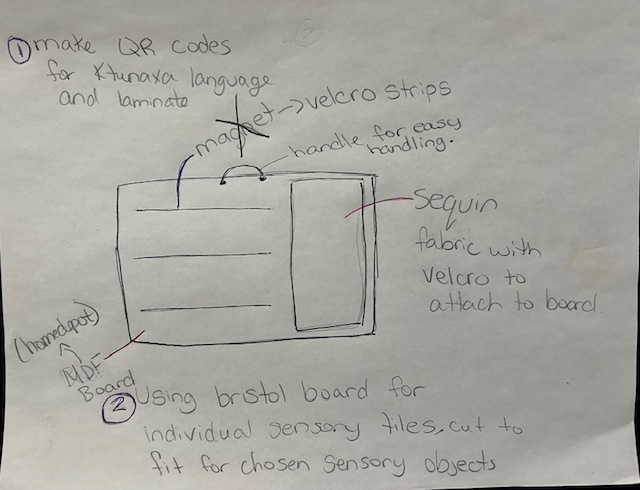
My plan is simple, but that doesn’t mean I didn’t face challenges during the design process.
Design of Artifact Created
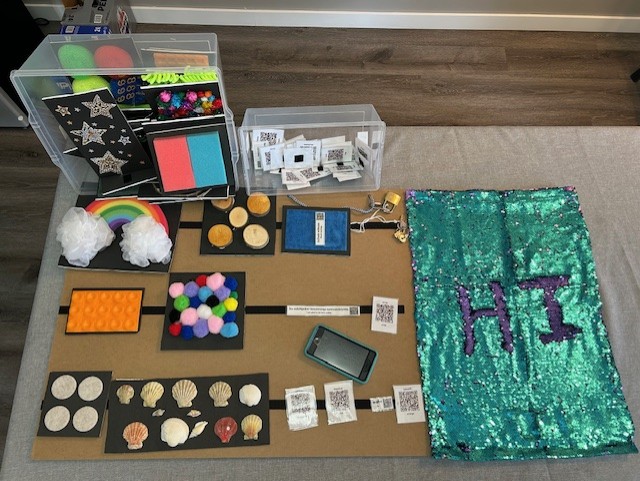
I designed an engaging, interactive sensory board that stimulates multiple senses to support hands-on learning and development through touch, sight, and sound. This sensory board also has an interactive Ktunaxa language piece where students can use the QR codes to access Ktunaxa words.
Connecting EDIDA To My Maker Project
This sensory board promotes equity in education by enhancing inclusion and addressing the diverse needs of learners. It provides engaging tactile, visual, and auditory experiences that support students with different abilities and learning styles, including those with sensory processing challenges. By incorporating diversity in learning approaches, sensory boards help students develop motor skills, improve focus, and regulate emotions, ensuring that all students can meaningfully participate in an equitable classroom environment.
This sensory board also connects to decolonization, as it provides students with an opportunity to hear and engage with the Ktunaxa language that was nearly lost due to colonization.
Inspiration For My Artifact
I have worked in the school system as an educational assistant for fifteen years, and during this time, I’ve had the privilege of working with many exceptional students. These experiences have given me valuable insight into the diverse needs of students, particularly those with sensory processing differences or stimming behaviors. While working with students who have these unique needs can sometimes be challenging, it has also been deeply rewarding. Providing appropriate resources in the classroom—such as sensory tools or items that accommodate various textures—can make a significant difference. These resources not only support students in managing their sensory needs but also offer opportunities for self-regulation and focus, creating a more inclusive learning environment where all students can thrive.
The Process of Creation
When we were introduced to this project, I immediately thought of creating a sensory board. I recently had the amazing opportunity to work with a student with ASD and noticed that they often became overstimulated at various times throughout the day. This student would frequently need to visit the reset room to regulate their thoughts and energy. I believe having a sensory board in the classroom could have benefited them by providing an accessible way to self-regulate, potentially reducing the need to leave the room as often.
My kitchen table looked like this for about a month as I iterated and revised my plan for creation.
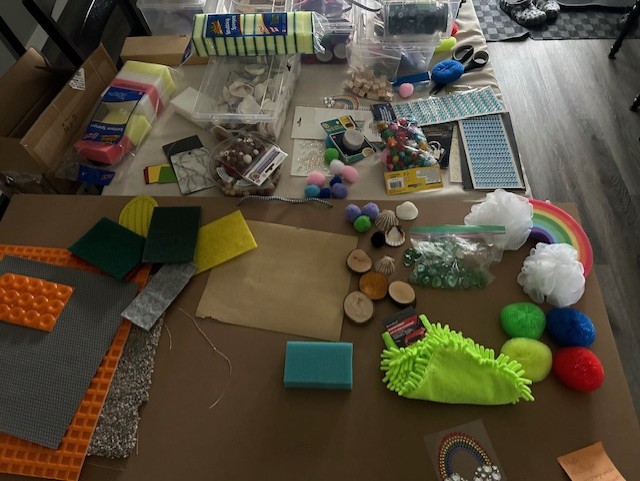
My first stop was the dollar store, where I found various items with different textures. Next, I visited a local hardware store and asked the flooring department for a small carpet sample to include as one of the textures. When I explained what the sample was for, the helpful employee became enthusiastic about the project and assisted me in finding additional textures and materials to support various sensory needs, which they generously donated.
Using a Bristol board as the backing for each texture, I glued on the objects I had collected. What I like about this approach is that I can easily add to the collection of textures to suit different needs over time. I also wanted to incorporate natural textures, such as seashells and wood, to provide a wider variety of sensory experiences.
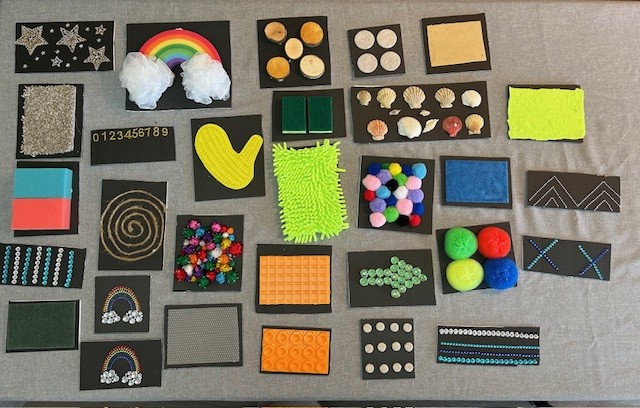
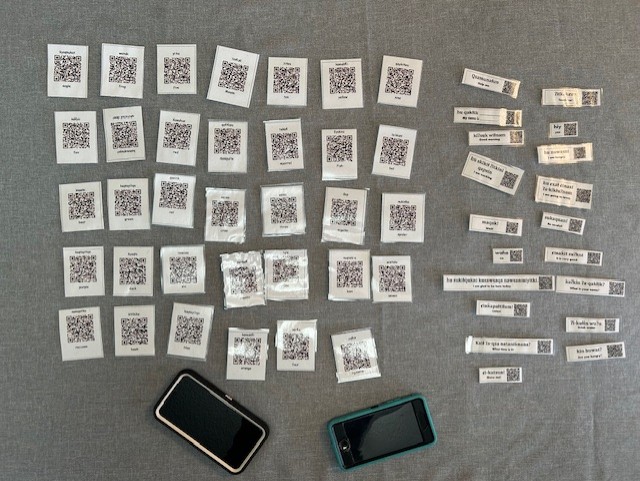

My next idea was to incorporate an Indigenous element into the sensory board, making it more versatile and meaningful. I used “First Voices Ktunaxa” to include QR codes linked to Ktunaxa words. This allows students to scan the codes and hear the proper pronunciation of the words they select. Coincidentally Karen Smith recently shared a sheet of various phrases and QR codes, which I decided to also include.
The most challenging aspect of my project has been figuring out how to attach the Bristol board to the main board. My first idea was to use magnets—attaching one to the back of the Bristol board and another to the main board. However, I quickly realized that magnets don’t stick to each other, a detail I had completely overlooked! I liked the idea of using magnets because it would allow the sensory board to be placed in various locations around the classroom, such as on whiteboards, giving more students access.
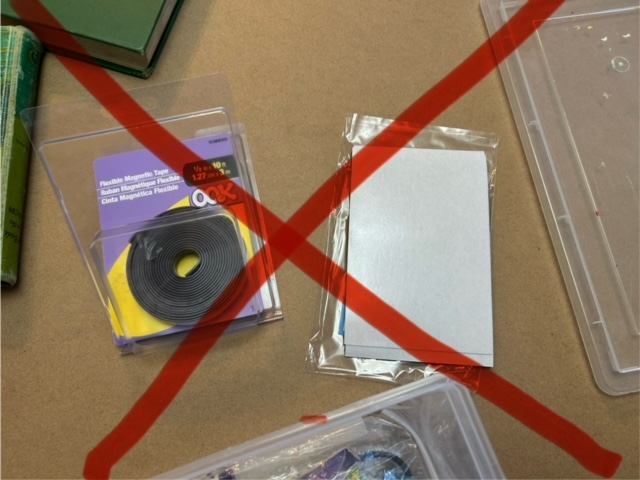
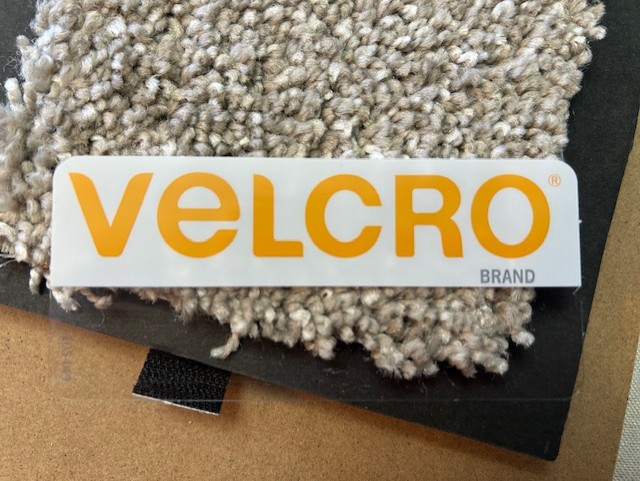
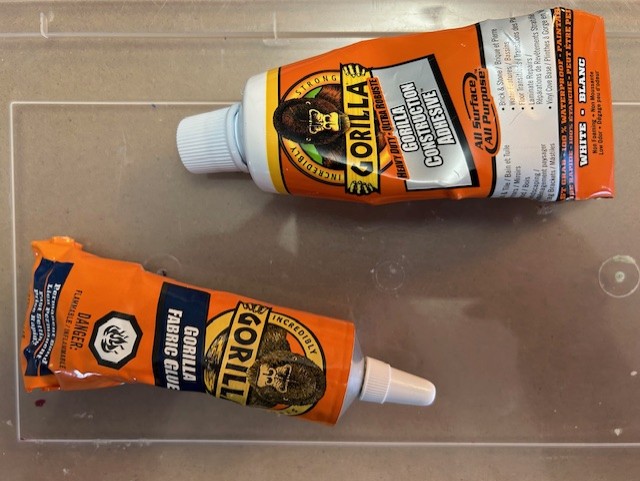
The solution was to abandon the magnet idea and opt for Velcro and glue instead. I selected Gorilla Glue for its reputation for providing a strong, durable hold on various materials.
The final element I wanted to include is a piece of sequin fabric, which is special because sliding the sequins one way reveals one color, while sliding them the opposite way reveals a different color.
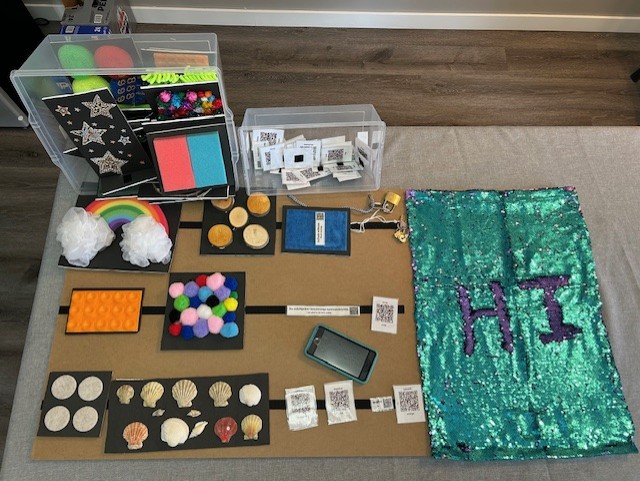
Connecting To Course Readings
Cohen and his colleagues identified four principles of makification: creation, iteration, sharing, and autonomy. As I progressed through the maker process of designing the sensory board, I experienced all four principles. Creation occurred during the planning, collection of materials, and construction of the board. I encountered iteration when I faced challenges figuring out how to connect the Bristol board to the main board. I was grateful that Velcro was an option and available for purchase. Frequently, before or after class, I would share my sensory board idea with my cohort to gather feedback and ensure I was on the right track for the maker project. Their input was essential in this process. I believe this project served as a personal reflection of my experience working with diverse needs in the classroom. Creating through personal connections and choice also gives student work an element of autonomy.
Cohen, J., Jones, W.M., Smith, S. & Calandra, B. (2017). Makification: Towards a Framework for Leveraging the Maker Movement in Formal Education. Journal of Educational Multimedia and Hypermedia, 26(3), 217-229. Waynesville, NC USA: Association for the Advancement of Computing in Education (AACE). Retrieved October 20th 2024, from EDCI 487 Brightspace.
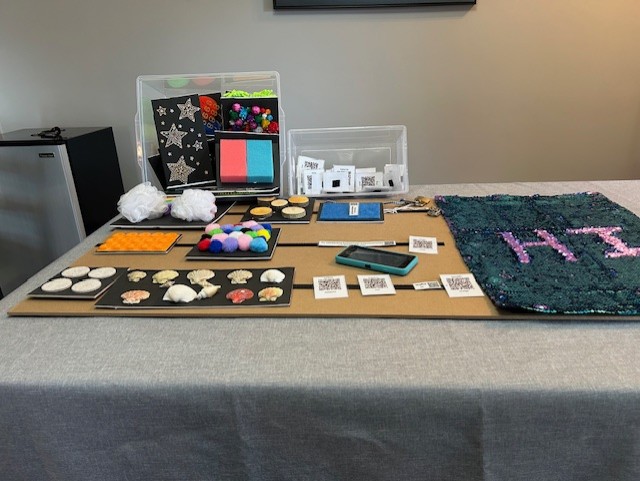
Leave a Reply
You must be logged in to post a comment.